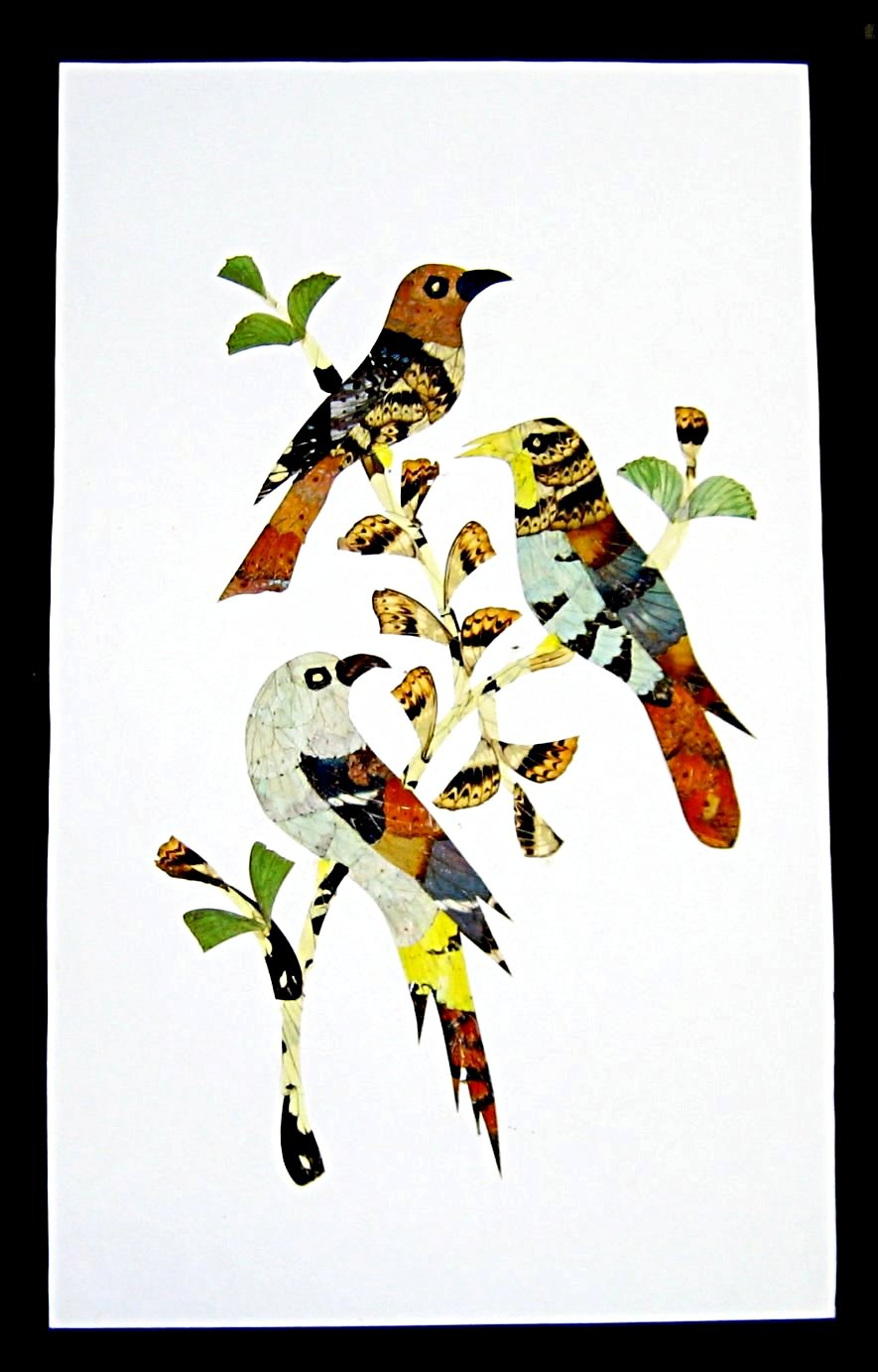A. Butterfly. Blue Morpho (Morpho peleides
Kollar,
1850)
(greatest
width ~11 cm) at the Butterfly Farm on Aruba of the Netherlands West
Indies. (©
photo by Barbara Bosco - www.bboscodesigns.com)

R.V.
Dietrich © 2015
Last update:
September 24, 2009
web page created by Emmett Mason